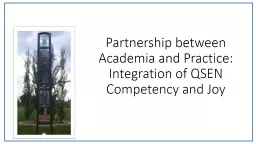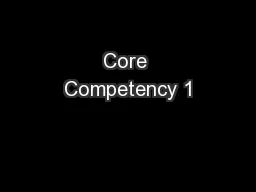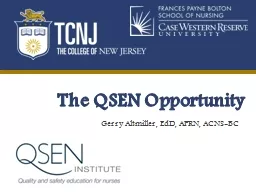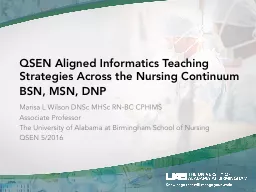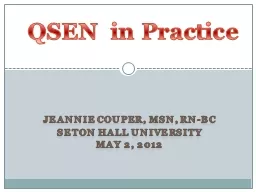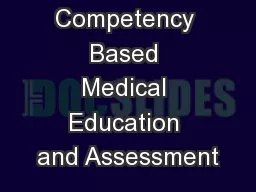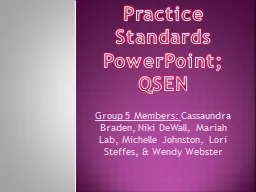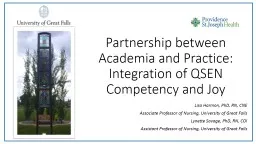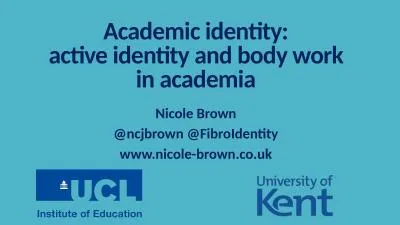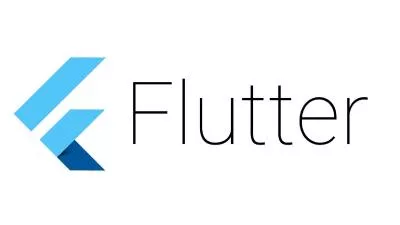PPT-Partnership between Academia and Practice: Integration of QSEN Competency and Joy
Author : pasty-toler | Published Date : 2019-11-03
Partnership between Academia and Practice Integration of QSEN Competency and Joy Capstone Design Unique feature all of the students in the program are employed through
Presentation Embed Code
Download Presentation
Download Presentation The PPT/PDF document "Partnership between Academia and Practic..." is the property of its rightful owner. Permission is granted to download and print the materials on this website for personal, non-commercial use only, and to display it on your personal computer provided you do not modify the materials and that you retain all copyright notices contained in the materials. By downloading content from our website, you accept the terms of this agreement.
Partnership between Academia and Practice: Integration of QSEN Competency and Joy: Transcript
Download Rules Of Document
"Partnership between Academia and Practice: Integration of QSEN Competency and Joy"The content belongs to its owner. You may download and print it for personal use, without modification, and keep all copyright notices. By downloading, you agree to these terms.
Related Documents

